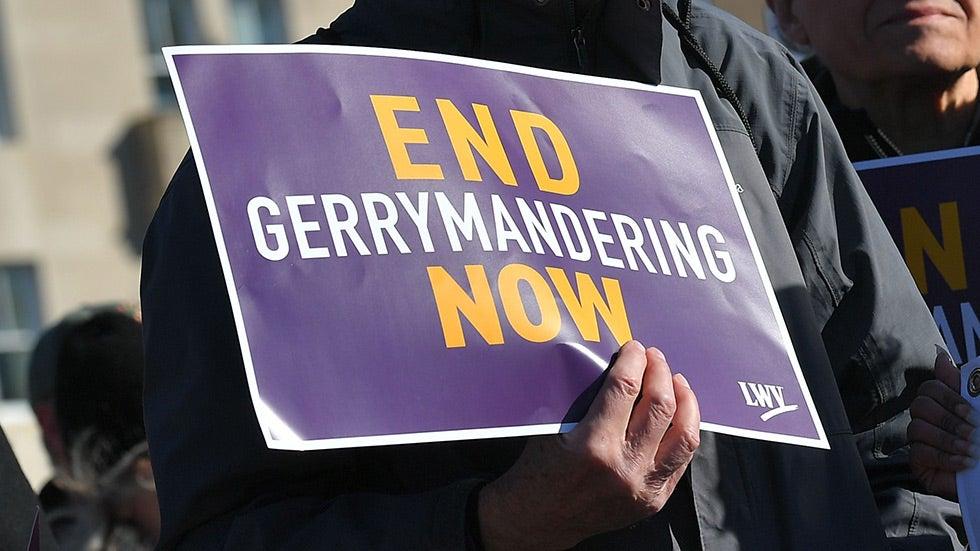
Counting the inhabitants of prisons as livingat the prisons’ address, ratherthan their home addresses, is prison gerrymandering. It doesn’t sound like it would make a difference to democracy, but it does. Since representation of each voting district is based on population count, it matters WHERE a person is counted and WHERE they can actually vote. If you are counted in a district where you cannot vote (while in prison), that district gets more representation than it should, compared to the district where you actually live when not incarcerated. Your home district gets LESS representation. Doesn't sound fair, does it?
BECAUSE OF PRISON GERRYMANDERING, IN SOME AREAS OF NEW HAVEN A RESIDENT’S VOTE COUNTS FOR ONLY ABOUT 85% OF A PERSON IN ENFIELD OR SOMERS.
Why Should We End Prison Gerrymandering?
- Prison gerrymandering unfairly inflates the population and political power of districts in which prisons are located at the expense of urban areas, in violation of the U.S. Constitution’s “one person, one vote” standard.
- By counting incarcerated people in prison towns where they have no connections, prison gerrymandering effectively denies incarcerated people meaningful representation, and undermines their reentry into their home communities where they should be counted.
- Prison gerrymandering has a pronounced racial effect, harming people and communities of color.
- Legislation to end prison gerrymandering is funding-neutral. The current bill being considered this session to end prison gerrymandering, S.B. 753, applies only to redistricting, and not to funding.
-
State prisons are mostly placed in rural areas whose populations are overwhelmingly white. Most incarcerated people in Connecticut come from urban areas and are brown and black. Counting incarcerated people in the district where state prisons are located inflates the rural district’s voting power and deflates the voting power of incarcerated people’s home districts.
-
It leaves incarcerated people un-represented: the elected officials of the prison district do not have to consider the concerns of the incarcerated since they do not vote in their district.
NINE STATES HAVE ENACTED LEGISLATION TO END THIS PRACTICE, BUT NOT CONNECTICUT. WE CAN END THIS UNFAIR PRACTICE AND BECOME A VOTING RIGHTS LEADER.
What Should We Do About It?
- Educate ourselves, our friends, acquaintances, and representatives about the process and the fairness issue involved. More information is available at:
www.lwv.org/voting-rights/redistricting
www.brennancenter.org/issues/gerrymandering-fair-representation
www.ncsl.org/research/redistricting/redistricting-research-and-presentations.aspx
- Join with organizations already working on this issue: LWV-CT, NAACP-CT, ACLU of CT, Common Cause CT, and the Commission on Equity and Opportunity.
PRISON GERRYMANDERING VIOLATES THE U.S. CONSTITUTION’S ‘ONE PERSON, ONE VOTE’ STANDARD.
Based on “Abolish Prison Gerrymandering” drafted by the Yale Rule of Law Clinic for the NAACP-CT 2020.
Patricia Rossi, LWVCT, PPFM Champion for CT
Want to join the People Powered Fair Maps Campaign in Connecticut? Contact us at lwvct [at] lwvct.org.